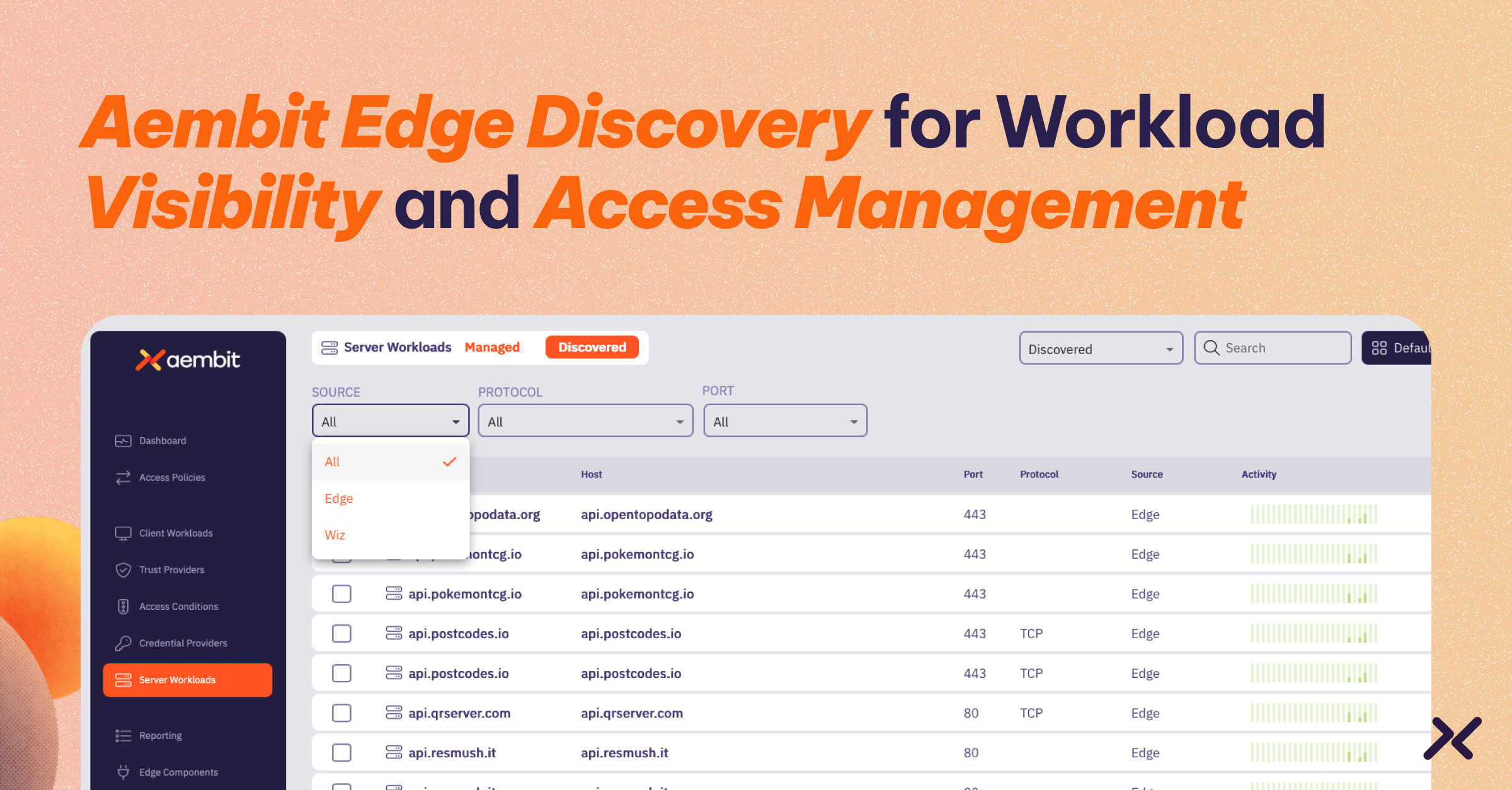Software development today thrives on continuous integration/continuous deployment (CI/CD) platforms, which drive the rapid delivery of features and updates.
However, for as much as CI/CD accelerates development, it also introduces specific security vulnerabilities that, if not properly managed, can expose organizations to significant risk. After all, in a world where your software is what differentiates you, any attacks targeting the delivery of that software are potentially damaging to your reputation – and your business as a whole.
Understanding and mitigating these risks through CI/CD security best practices is essential for maintaining the integrity and security of the delivery process.This post lists the most common risks, CI/CD security best practices, and CI/CD security tools worth considering.
Common CI/CD Security Risks and How to Mitigate Them
Misconfiguration
Misconfiguration of CI/CD pipelines can lead to unauthorized access and exposure of sensitive data. Examples misconfigurations include:
1) Lack of Environment Segmentation: Not properly isolating development, testing, and production environments within the CI/CD process can lead to accidental deployments to the wrong environment, potentially exposing sensitive data or disrupting live systems.
2) Unrestricted Build Agent Access: Build agents, if compromised, that have unrestricted access to the network or overly permissive roles can become vectors for attack. To combat this, regularly perform configuration reviews and audits. Implement infrastructure as code (IaC) with policy-as-code tools to automatically enforce security policies. This ensures that all configurations adhere to predefined security standards, significantly reducing the risk of misconfiguration.
Tools 🔨
Infrastructure as code (IaC) scanners like Checkov or TFLint can help identify and fix misconfigurations in CI/CD pipelines.
Insecure Secrets Management
Secrets such as API keys and credentials are vital to the operations within a CI/CD pipeline but can be vulnerable if not managed correctly. Three vectors for secrets should be considered:
1) Secrets that allow your pipelines and runners to access other resources.
2) Secrets within the code actually being compiled/built in the pipeline that access other sensitive workloads, applications, or databases.
3) Secrets to access your CI/CD tools.
Developers require extensive training on how to handle secrets in your environment, and that also requires you to have a well-defined policy and process for it. Moving to a workload identity and access management system eliminates the need for developers to see, handle, or rotate these privileged credentials. It leverages identity federation instead of traditional secrets.
Not as effective, but still useful, is utilizing dedicated secrets management tools, which help ensure encrypted storage and access to these secrets. In the case of secrets managers, regular rotation and revocation of secrets minimize the impact of potential exposures.
Tools 🔨
Workload IAM automatically manages access. Secrets management tools such as AWS Secrets Manager or Microsoft Azure Key Vault can securely store and manage access to secrets.
Code Injection Attacks
The automatic deployment nature of CI/CD pipelines can be exploited through code injection attacks. Integrating static and dynamic security testing tools into the CI/CD pipeline can detect potentially malicious changes, significantly enhancing CI/CD security. Strategically using code reviews as spot-checks or a backstop for the most sensitive parts of your code also help.
Tools 🔨
Static application security testing (SAST) tools like SonarQube and dynamic application security testing (DAST) tools like OWASP ZAP can identify potentially malicious code before it’s deployed.
Lack of Security Testing
Omitting automated security testing can let vulnerabilities slip through. Incorporating security scanning and testing tools at the development phase identifies issues early on. A shift-left security approach, where developers are equipped with the knowledge and tools to spot and fix security issues, is critical.
Tools 🔨
Integrating security testing tools like Snyk (for dependency scanning) and OpenText Fortify (for static code analysis) into the CI/CD pipeline can help identify vulnerabilities early.
Third-Party Integrations and Tools
Dependencies and integrations can introduce vulnerabilities. Keeping third-party tools and dependencies updated, alongside conducting security assessments before integration, helps maintain a secure CI/CD pipeline.
Tools 🔨
Using tools like Snyk or ArmorCode to keep dependencies up to date and scanning for vulnerabilities in third-party tools and libraries can help mitigate risks.
Privilege Escalation
To prevent unauthorized access or actions within your CI/CD pipeline, enforce the principle of least privilege through role-based access control (RBAC) and regularly audit permissions for users and administrators of your CI/CD system.
Tools 🔨
Solutions like BeyondTrust and CyberArk can manage and monitor privileged access, reducing the risk of escalation.
Insufficient Logging and Monitoring
Effective logging and monitoring of all CI/CD components are paramount for detecting and responding to suspicious activities. Building effective alerts from your SIEM, Regular log analysis and threat hunting, and incident response drills ensure preparedness against security incidents. Note that the CI/CD system logs alone are not sufficient; you need logs that clearly show other integrated systems’ use, and the access among these systems. Each of the tools mentioned in this post can provide pieces of the puzzle; for example Workload IAM tools provide granular access authorization events that show when and why one workload was granted access to another.
Tools 🔨
Monitoring and logging tools like Splunk, ELK Stack (Elasticsearch, Logstash, Kibana), and Datadog can provide visibility into the CI/CD process and alert on suspicious activities.
Pipeline Poisoning
To prevent unauthorized changes to your CI/CD pipeline, implement code signing and establish a review and approval process for critical changes, enhancing the security and integrity of your deployment process.
Tools 🔨
Code-signing solutions like Sigstore can ensure the integrity of code and configurations in the CI/CD pipeline. Scanners and linters can also help identify unauthorized changes.
The Role of Workload IAM in Enhancing CI/CD Security
While many teams have implemented forms of scanning to protect facets of CI/CD, managing access to and from CI/CD systems is now emerging as an important vector of protection. Incorporating workload identity and access management (IAM) can significantly improve CI/CD security in several ways:
1) Preventing Misconfigurations: Workload IAM ensures that only correctly configured services or workloads interact with sensitive resources, dramatically reducing the risk associated with misconfigurations.
2) Eliminating Secrets Management: By replacing the standard process of secrets management with a dynamic, just-in-time system based on identity federation to deliver workload access credentials, workload IAM ensures that only authorized entities can access sensitive information, and do it in a way that eliminates the need for developers to handle, store, and code privileged credentials.
3) Improve Logging: Knowing which systems accessed each other, based on the identity of the system (as opposed to just an IP address), combined with the details of authorization, present a powerful way to diagnose potential problems or threats..
Best Practices for CI/CD Security
We all wish there was just one tool we needed to implement for total CI/CD security. But adopting CI/CD security best practices is not just about deploying the right tools – it’s about integrating security and the right tools into the culture and processes of software development.
Here are some overarching guidelines to follow:
1) Automate Security Policies: Automation ensures consistency and adherence to security policies across the entire development and deployment lifecycle.
2) Educate Your Team: Security is everyone’s responsibility. Training developers on secure coding practices and the latest security threats can make a significant difference.
3) Continuous Monitoring and Response: Ongoing monitoring of your CI/CD pipeline, coupled with an effective incident response plan, ensures that any potential security issues are swiftly identified and addressed.
In conclusion, securing your CI/CD pipeline requires a comprehensive approach that integrates automated tools, best practices, and a culture of security awareness. By understanding the potential risks and implementing the strategies outlined above – including the strategic use of workload IAM – organizations can enhance their CI/CD security, protect their assets, and maintain the trust of their customers. Embracing CI/CD security best practices is not just about mitigating risks; it’s about ensuring the continuous delivery of high-quality and secure software.




